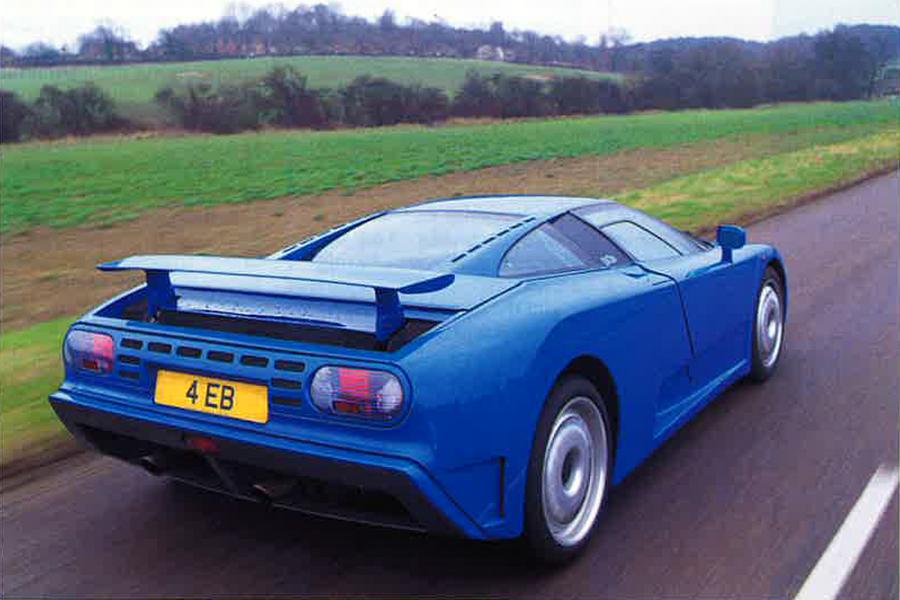Autocar has just driven the new Bugatti Chiron super-hyper-megacar, and it was rather brilliant.
That name alone is so evocative before you even look at its styling or read any of its mind-boggling statistics.
Here’s a little background. Ettore Bugatti, an Italian engineer from a well-to-do family, formed the company in 1909 in Molsheim, Germany. After World War II, the Alsace region was transferred back to France, hence the brand’s distinct identity.
Until the outbreak of World War II, Bugatti produced some of the finest, most beautiful and highly exclusive motor cars around. Bugatti’s series of racing cars were extremely successful in early Grand Prix racing, most notably at the hands of Monegasque driver Louis Chiron, who achieved the most podiums for the marque and won his home race in 1931.

The new car is named after him, as was its predecessor in 2005, named after one of Chiron's contemporaries, Pierre Veyron, who drove a Bugatti to victory at Le Mans in 1939.
Sadly, the war marked the beginning of the end for Bugatti, and after Ettore’s death in 1947, the decline became a terminal one, with the doors shutting for good in 1952.
But the history books from then until the Volkswagen Group’s acquisition of the rights to the brand name in 1998 are not blank. Far from it.
In 1987, Italian businessman Romano Artioli purchased the Bugatti name, built a factory, and, in 1991, launched the EB110 supercar, a year before the rival Jaguar XJ220.
On 16 March 1994, Autocar subjected the GT to our famous road test.
































Join the debate
Add your comment
I was about 8
i was a small boy when these cars were about. We didn’t care about golf clubs or if they could be parked in a Waitrose parking space.
but what I do remember was no one rated the Bugatti, the Lamborghini was epic and the jaguar was second. If someone had the die cast model of the Bugatti they may as well have got a cavalier or Granada.
Is the XJ220 the poorest package car of all time?
And the F1 had 3 seats and more luggage space despite being comfortably the smallest car on the chart!
And it's not that Jaguar were hopeless, they were winning Le Mans regularly at the time. Very strange indeed.
From memory
johnfaganwilliams wrote:
I'm pretty sure the Jaguar was a V6
jmd67 wrote:
Wasn't the Jaguar conceived as a competition car not a road car, its large planform being conducive to good aerodynamics when racing at Le Mans and not really designed with parking at the supermarket in mind.
Agree with saucerer. There is